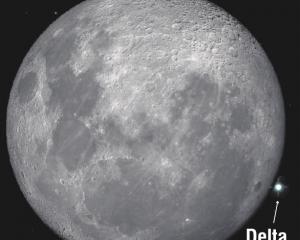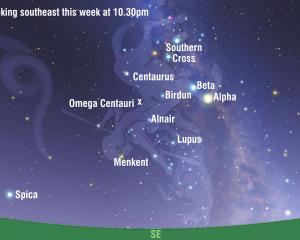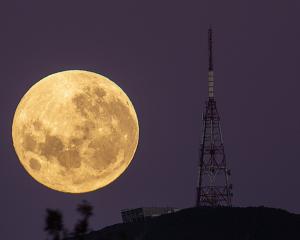

The best guidebook I have found to assist me when studying the moon is The Photographic Atlas of the Moon by Chong, Lim and Ang, published by Cambridge University Press in 2002. This brilliant book has annotated pictures of the moon taken on each day of the lunar cycle, making it very easy to pick out the key features.
Monday is a great time to study Mare Crisium, or the Sea of Crises. This vast lava-filled basin is more than 500km in diameter. It is just visible to the unaided eye as a dark spot near the moon’s eastern limb. The Sea of Crises was formed more than three billion years ago by the impact of a large asteroid. The tremendous forces after this cosmic collision melted much of the surrounding region and created a chain of 3km-high mountains surrounding the impact basin.
Langranus is another lunar feature that is well worth checking out. Located on the eastern shore of the Sea of Fecundity, this crater is one of the finest on the whole lunar surface. It is named after the 17th-century Flemish astronomer Michael Florent van Langren. Langrenus is more than 130km across and has a double-peaked central mountain whose height is 1000m.
If exploring the lunar surface isn’t exciting enough for you, on Monday night there’s another really good reason to point a telescope at the moon. Just after 8.30pm a fairly bright green “star” will appear from behind the moon’s bright eastern limb. That star is actually the planet Uranus, which disappeared behind the moon’s western limb just before sunset.
- Ian Griffin












